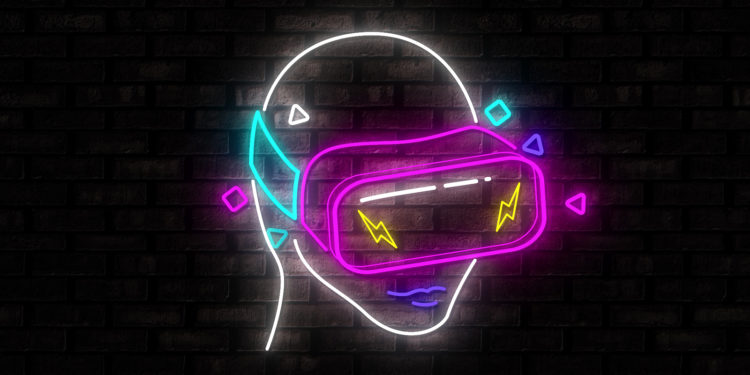For years there has been speculation about when Apple will present its first AR or VR product. If current rumors are to be believed, it could happen as early as the end of next year. Now there are new details about the computing power.
According to various reports, Apple's first AR headset will be officially unveiled after the end of 2022. The device could appear with two processors that support the high-end capabilities. This is what Apple analyst Ming-Chi Kuo is now claiming. According to Kuo, the high-end main processor should be similar to the M1 chip, which Apple introduced last year for its first Apple Silicon Macs, while a low-end processor will handle the sensor-related aspects of the device. According to Kuo, the first AR headset will be able to work independently, without being tethered to a Mac or iPhone. As a result, the company plans for the device to support a "comprehensive range of applications" in order to replace the iPhone in ten years.
We expect Apple's AR headset, which is scheduled to launch in Q4 2022, to come with two processors. The high-end processor will have similar processing power to the M1 for the Mac, while the low-end processor will handle sensor-related calculations. The design of the power management unit (PMU) of the high-end processor is similar to that of the M1, as it has the same processing power as the M1.
Apple AR headset could have an M1-like processor
In addition to AR, the headset will also support virtual reality (VR) experiences, according to Kuo. This is made possible by two 4K Micro OLED displays from Sony, which require the computing power of an M1-like chip.
Apple's AR headset requires a separate processor because the processing power of the sensor is significantly higher than that of the iPhone. For example, the AR headset requires at least 6-8 optical modules to provide users with continuous video see-through AR services at the same time. In comparison, an iPhone requires up to 3 optical modules running simultaneously and does not require continuous processing power.
Last week explained Kuo said that both the upcoming headset and next year's iPhone 14 will support Wifi 6E technology, which offers the higher bandwidth and lower interference required for AR and VR experiences. Whether he will be right in the end remains to be seen, of course. (Photo by vectorfusionart / Bigstockphoto)





